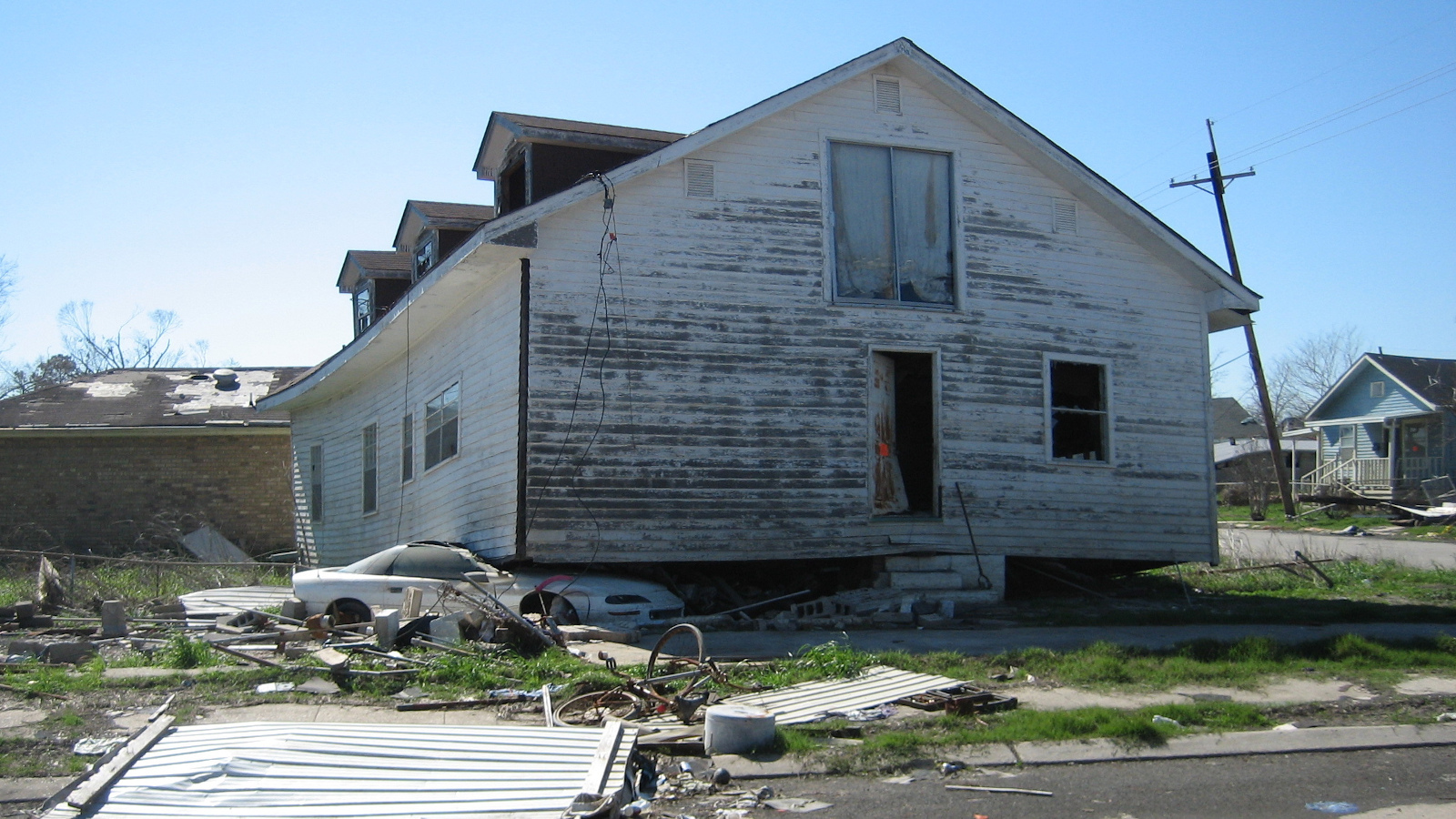
An update to Florida’s coastal flood zones will show some homes in higher risk zones, but if your premiums increase, don’t blame climate change, experts said.
Scientists may predict when ocean levels will rise, flooding coastlines, but these maps only reflect current conditions. Climate change is not a factor in them, Mark Vieira, a senior civil engineer at the Federal Emergency Management Agency (FEMA), recently told WUSF Public Media.
“Who knows how high the water is going to get sea-level wise?” he said to WUSF Public Media.
FEMA’s job is to show the 1% chance of an annual flood. It doesn’t predict future conditions.
“Now, that means we may come back sometime and do a new study,” Vieira said to WUSF Public Media.
Flood maps show a community’s flood zone, floodplain boundaries and base flood elevation, FEMA said. They help set requirements and costs for flood insurance for property owners, insurance agents and lenders.
Homeowners’ property won't change based on the new maps for quite a while. These preliminary changes to FEMA’s maps won’t take effect for 18 months.
A homeowner can appeal the new designations. But they’ll need to have a survey and an elevation certificate to show their house is higher than the FEMA map shows.
“You have to provide to us technical, scientific data, to say what we did incorrectly used the wrong assumptions, we use the wrong models, something to say that technically what we did was incorrect,” Vieira told WUSF Public Media.
For current flood insurance policyholders, FEMA extended its grace period for renewals from 30 days to 120 days. FEMA did this to support the National Flood Insurance Program policyholders during the coronavirus pandemic. The change applies to policies with an expiration date between Feb. 13 and June 15.
More information is available at FloodSmart.gov.




 Alerts Sign-up
Alerts Sign-up